Indoor gardening has become one of my favourite hobbies (obviously!). Not only does it bring a touch of nature into my home, but it also gives me a sense of peace and accomplishment. However, I’ve come to realize that my love for houseplants can have a surprising impact on the environment if I’m not careful. That’s why I’ve made it a priority to make indoor gardening more eco-friendly. In this guide, I’ll share some easy, practical tips that I’ve found helpful in reducing my environmental footprint while still enjoying my indoor garden.

Choose Sustainable Pots and Planters
When I first started indoor gardening, I didn’t think much about the pots I was using. Plastic pots were cheap and easy to find, so that’s what I went with. But as I learned more about the impact of plastic on the environment, I knew I had to make a change. Switching to sustainable pots and planters is one of the easiest ways to make indoor gardening more eco-friendly.
There are so many great alternatives to plastic pots! Terracotta and clay ceramic pots are not only eco-friendly, but they’re also beautiful and add a natural touch to any space. If you’re looking for something a bit different, fabric grow bags are another fantastic option. They’re made from recycled materials, allow for excellent air circulation to the roots, and can be reused for years. Whenever you can, look for these options from local makers, so you know they’re not coming from some big factory across the world.
I’ve also started getting creative with upcycling containers I already have at home. Old mugs, glass jars, and even wooden boxes can be transformed into charming planters with a little bit of effort. This not only reduces waste but also gives my indoor garden a unique, personalized look.
Choosing sustainable pots and planters is a simple yet effective way to make indoor gardening more eco-friendly. It’s amazing how something as small as the container you choose can have such a big impact on reducing plastic waste and promoting sustainability.
Opt for Organic and Sustainable Soil
The soil you use for your indoor plants plays a crucial role in their health and growth. But did you know that it can also impact the environment? Many commercial potting soils contain synthetic chemicals and peat, which can be harmful to the environment. To make indoor gardening more eco-friendly, I’ve switched to organic and sustainable soil options.
One of the biggest environmental concerns with potting soil is the use of peat. Peat is harvested from peat bogs, which are vital carbon sinks and home to unique ecosystems. The destruction of these bogs for peat-based products releases large amounts of carbon dioxide into the atmosphere. To avoid contributing to this problem, you can use alternatives like coconut coir, which is made from the fibrous husk of coconuts. Coconut coir is renewable, sustainable, and has excellent water retention properties.
Another option is compost-based soil mixes (this is my preference!). If you have a compost bin at home, you can create your own rich, organic soil by mixing your compost with other natural ingredients like sand, perlite, or vermiculite. This not only helps reduce waste but also provides your plants with a nutrient-rich growing medium.
By opting for organic and sustainable soil, you can make indoor gardening more eco-friendly and ensure that your plants thrive in a healthy, natural environment.
Conserve Water with Smart Practices
Water is a precious resource, and as much as I love my indoor garden, I know it’s important to use water wisely. Conserving water is another key way to make indoor gardening more eco-friendly, and there are several simple practices that I’ve adopted to reduce water waste.
One simple thing you can do is invest in self-watering planters. These are fantastic for indoor gardening because they allow the plants to draw up water as needed, reducing the risk of overwatering and water waste. I also place my plants in humidity-friendly spots in my home, like the bathroom or kitchen, where they can naturally benefit from the moisture in the air.
Another great tip is to collect rainwater to use for watering indoor plants. I have a small rain barrel outside, and whenever it rains, I collect the water use it for my balcony plants. It’s free, natural, and a great way to conserve tap water.
Of course, it’s also important to water wisely. I’ve learned to check the soil moisture before watering to avoid overwatering, and I always water my plants in the morning when the evaporation rate is lower. These small changes have made a big difference in how I manage water, helping me make indoor gardening more eco-friendly.
Embrace Natural Pest Control
One of the challenges of indoor gardening is dealing with pests. While it’s tempting to reach for chemical pesticides when I spot a bug, I’ve found that embracing natural pest control methods is a much better option. Not only does it keep my plants healthy, but it also helps make indoor gardening more eco-friendly.
There are so many natural ways to keep pests at bay without resorting to harmful chemicals. For example, introducing beneficial insects like ladybugs or predatory mites can help control pests like aphids or spider mites. These insects do a great job of keeping the pest population in check without causing any harm to my plants.
Neem oil is another excellent natural pesticide. It’s derived from the seeds of the neem tree and has been used for centuries to protect plants from pests. I’ve found it particularly effective against common indoor plant pests like mealybugs and fungus gnats. A simple spray made from neem oil and water can do wonders for keeping pests away.
In addition to using natural remedies, I’ve also adopted preventative measures to reduce the likelihood of pest infestations. Keeping my plants clean, avoiding overwatering, and ensuring good air circulation all contribute to a healthy, pest-free indoor garden. By embracing natural pest control, I’m able to make indoor gardening more eco-friendly while keeping my plants safe and thriving.
Reduce, Reuse, and Recycle Gardening Materials
As much as I love indoor gardening, it can generate a surprising amount of waste if I’m not careful. That’s why I’ve made it a priority to reduce, reuse, and recycle as much as possible. This is one of the easiest and most impactful ways to make indoor gardening more eco-friendly.
Reducing waste starts with being mindful of the materials I use. For example, I try to buy gardening supplies in bulk to minimize packaging waste. Chopsticks, popsicle sticks, and labels can all be bought in bulk so you don’t have to buy them very often.
Reusing materials is another great way to cut down on waste. I love finding new uses for items that would otherwise end up in the trash. Old containers, like glass jars and takeout containers, can be repurposed as seed starters or small planters. Even broken pots can be used as drainage material in larger planters, adding an extra layer of sustainability to my gardening routine.
Recycling is also important. I make sure to recycle any plastic pots or containers that I can’t reuse. Additionally, if you have space, you can compost plant debris, such as dead leaves or spent flowers, to create nutrient-rich compost that you can use to fertilize your plants. By reducing, reusing, and recycling, I’ve found that it’s easy to make indoor gardening more eco-friendly while still enjoying all the benefits of this wonderful hobby.
Reusing is my favourite part of reducing your environmental footprint for gardening – if you are not ordering something or buying something, you avoid contributing to the system where an item was shipped across the world. Reducing this shipping is why this is my favourite tip, coming by boat, or plane, then train and truck all costs SO much energy. Why not avoid that if you can?
Incorporate Energy-Efficient Lighting
Lighting is essential for indoor gardening, especially if you’re growing plants that need a lot of light. However, artificial lighting can consume a lot of energy, which isn’t exactly eco-friendly. To make indoor gardening more eco-friendly, I’ve switched to energy-efficient lighting options.
LED grow lights are my go-to choice for indoor gardening. They use significantly less energy than traditional incandescent or fluorescent lights, and they last much longer. This means fewer replacements and less waste in the long run. Plus, LED lights are available in a range of spectrums to suit different plants’ needs, making them a versatile and sustainable choice.
In addition to using energy-efficient lights, I also try to maximize natural light whenever possible. I’ve placed my plants near windows where they can soak up as much sunlight as possible. This reduces the need for artificial lighting and helps make indoor gardening more eco-friendly.
Another tip I’ve found helpful is to use timers for my grow lights. This ensures that my plants get the right amount of light each day without wasting energy. By being mindful of my lighting choices, I’ve been able to create a more sustainable indoor garden that’s better for both my plants and the planet.
Small Changes, Big Impact To Make Indoor Gardening More Eco-Friendly
Making indoor gardening more eco-friendly doesn’t have to be complicated or overwhelming. In fact, it’s the small changes that can have the biggest impact. Whether it’s choosing sustainable pots, conserving water, or embracing natural pest control, every step I take brings me closer to a more sustainable indoor garden.
I hope this guide has inspired you to make some eco-friendly changes in your indoor gardening routine. Remember, even the smallest efforts can make a difference. By being mindful of our choices, we can enjoy the beauty and benefits of indoor gardening while also taking care of the environment. Let’s all do our part to make indoor gardening more eco-friendly—one plant at a time.
Discover more from Savage Gardener
Subscribe to get the latest posts sent to your email.
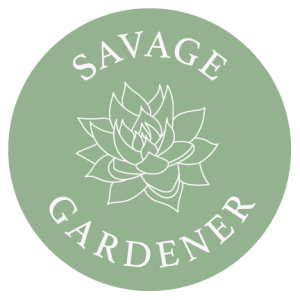

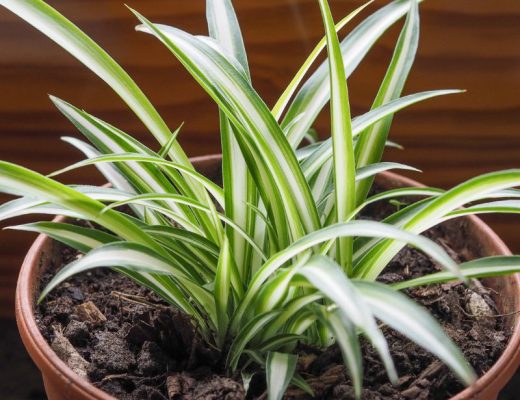
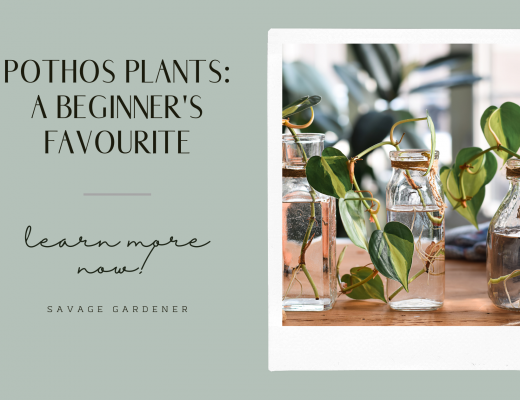
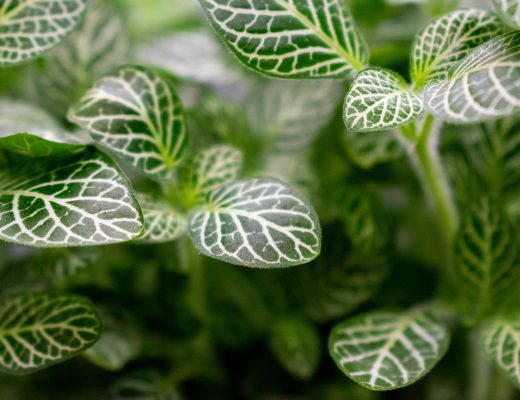
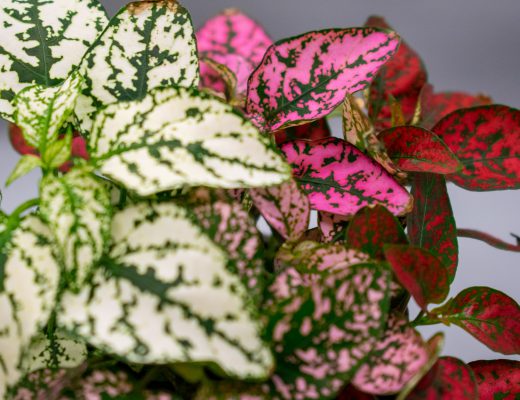
No Comments